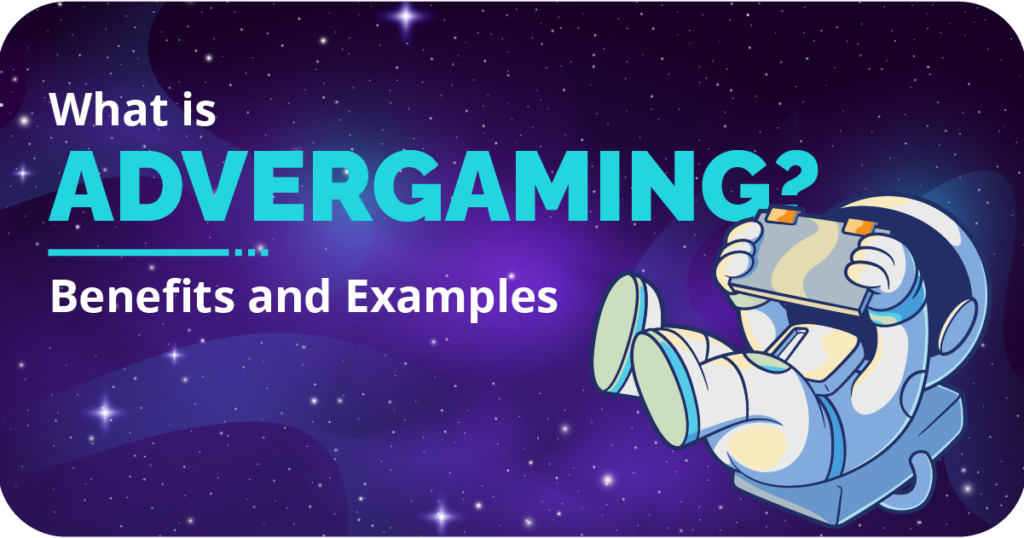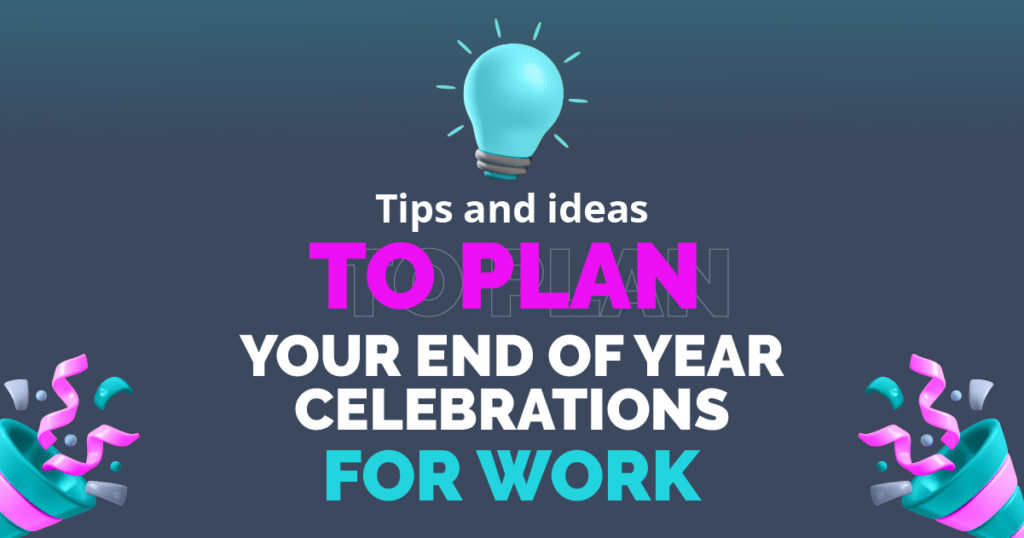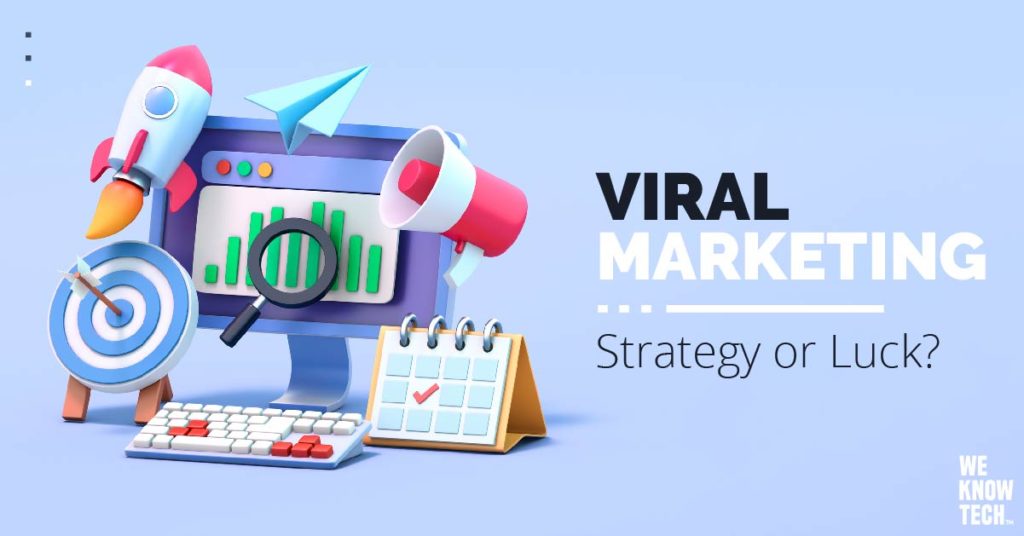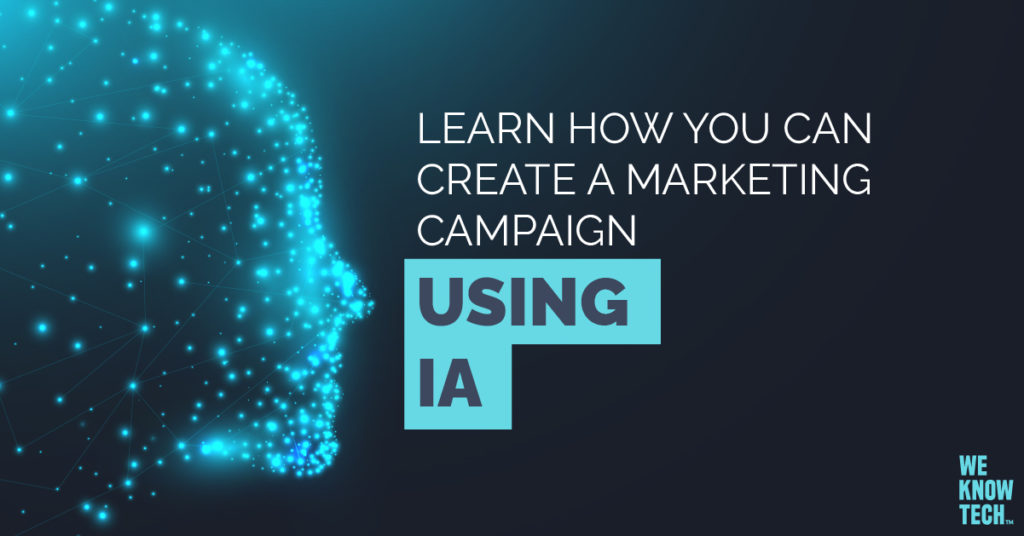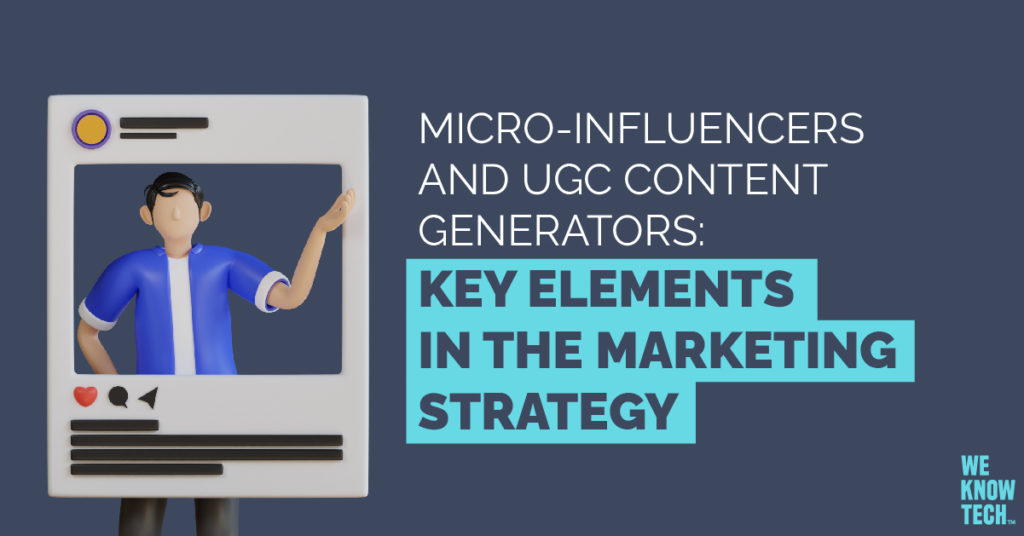The importance of a good influencer marketing strategy
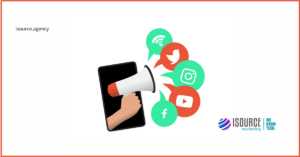
One of the most powerful and convenient strategies that companies utilize to enhance their campaigns on social networks is influencer marketing, where relationships are established between brands and influencers who share a common audience. For companies in the B2B (Business to Business) sector, whose purchase volume is much higher and the impact of word of mouth weighs much more when making decisions, following in the footsteps of influencers is essential.
Many big-name B2B brands, such as Microsoft and IBM, have taken advantage of influencers’ abilities to grow their business, so if you are contemplating working with influencers, it is time to take action and generate a plan. Below, we list six recommendations for this purpose:
1. Set goals and KPIs
The golden rule: you cannot execute a marketing campaign without knowing its purpose, which is why establishing SMART objectives, that is, specific, measurable, achievable, relevant, and temporary, must be a priority. Before you do, ask yourself: Am I looking to reach more paying customers? Do I want to strengthen the reputation and authority of my company or brand in the industry? Or do I want to generate more registrations for an upcoming event? Your answers to these questions will determine the ultimate goals of your influencer marketing strategy!
After you have defined the objectives, the next step is to assign appropriate key performance indicators (KPIs) to each one. KPIs are the variables, factors, and units of measurement that generate a marketing strategy, and are crucial when evaluating the performance and ROI (return on investment) of the campaign.
2. Select the most convenient channels
Social networks are full of information from influencers who speak on a myriad of topics. The most relevant networks are where your current and potential customers are, and where potential influencers generate content. LinkedIn and Twitter are two of the most convenient platforms to run your campaign. LinkedIn allows you to build credibility and create a meaningful network, while Twitter allows you to enhance conversations that are valuable to your business.
Read the blog Everything you need to know about B2B influencer marketing
3. Select the Influencer
The first thing you should do is identify influential people in the field of your company, whether they are highly recognized, have a relationship with your organization, or even are a part of the company. They can be clients, followers, collaborators or an employee. Create a map with possible candidates, investigate their history, strengths and weaknesses, the social networks they use, the type of content they publish, and take into account the key metrics of their accounts: Audiense y BuzzSumo. In any case, it is important to take into account the standard classification that most companies use to understand influencers according to the number of followers they have:
When choosing a person for your B2B influencer marketing strategy, prioritize quality, and focus on making sure they are connected with the right people and that you share the same message and motivations.
4. Set a budget
Cost for rewards is the first variable you should have in sight. How much money from your digital marketing budget could be set aside for this? And while it is true that the influencer can be rewarded for mentioning your product, service, or company, a very successful influencer marketing strategy requires a monthly budget and resources that are aligned with your goals and objectives.
There are different compensation models:
- Cost per engagement, according to the number of interactions they generate with the content.
- Cost per click, according to the number of clicks they generate towards a landing page.
- Cost per post, based on a fixed sum for each piece of content generated.
- Exchange model, in which products or services are offered in exchange for content.
- Cost per acquisition, which is compensated for the conversions they generate. These include filling out a form, subscribing to a newsletter, or making a purchase, for example.
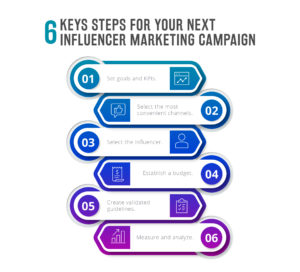
5. Create validated guidelines
Both parties – company and influencer – must establish some guidelines with which they agree, such as the objective of the activity and scope of work; the tone and voice of the brand and campaign; examples and templates for publications; lists of topics or information that cannot be shared publicly, among others.
6. Measure and analyze
It is essential to monitor the campaigns since you cannot improve what is not measured. Make sure the influencer performs their activity according to the guidelines and scheduled dates. Also, you must monitor the campaign to ensure its effectiveness and check the ROI. A very useful free tool for this is Iconoquare.
In conclusion: there is no doubt that influencers are a great resource to leverage your digital marketing plan, with great possibilities for visibility and recognition. Are you interested? Contact us! Our experts are ready to guide you. For more information, click here.




